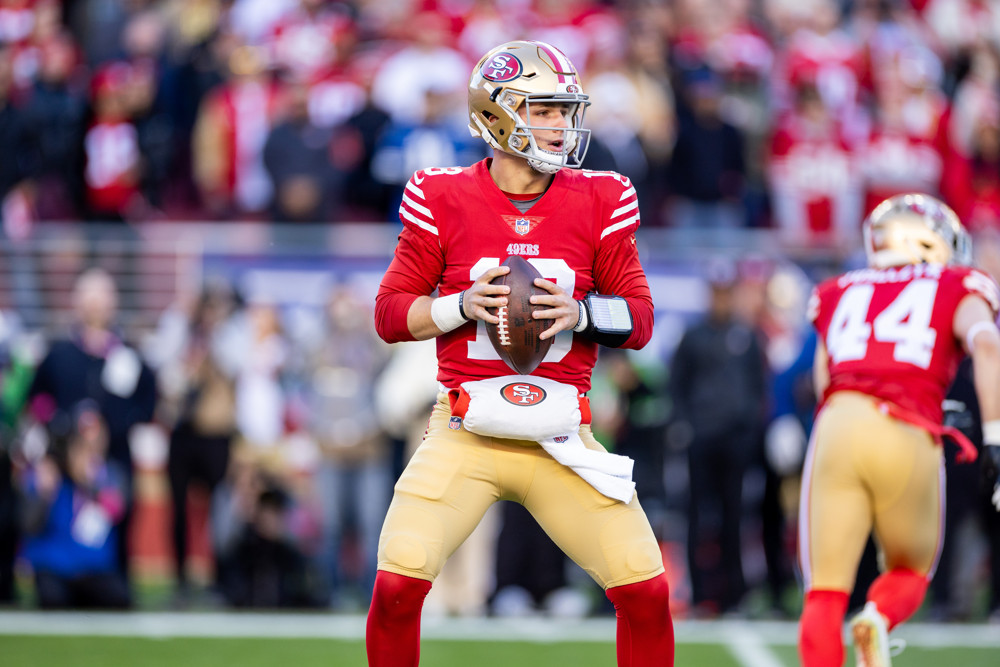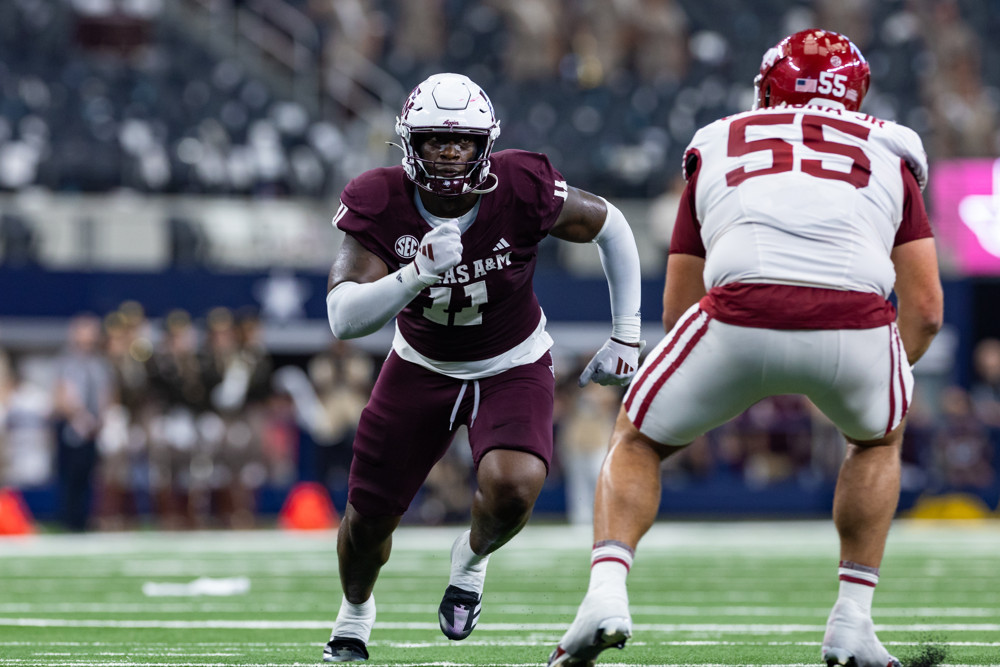By BRYCE ROSSLER
Yesterday, the Jaguars and the Bears announced a blockbuster trade, the exchange of Nick Foles for a fourth-round pick. In trading for Foles, Ryan Pace has created some competition at quarterback and has given 2016 Third Team All-ACC selection Mitch Trubisky something to think about.
It is ironic that two players who were once the subject of imaginary bidding wars now share a quarterback room. Pace infamously jumped himself in order to take Trubisky, and David Caldwell is a year removed from giving Foles an above-market contract to buy him respect in the locker room.
Now, the fate of the Bears top bosses hangs in the balance and it’s up to either Foles or Trubisky to come through. The question is, which one?
Simply put, Foles represents a significant upgrade over Trubisky from a Total Points perspective (Total Points is our player value metric, which can be looked at in sum or on a per-snap basis). His 90.2 Passing Points/1000 Snaps in 2019 nearly lapped Trubisky’s (45.3). For a Bears team that was on the playoff bubble and had a negative point differential, a few extra points might have gone a long way for changing the fortunes of the team.
This is not to say that Foles is a long-term solution at the position, but Trubisky wasn’t even one of the 32 best QBs in the NFL by this metric in 2019, ranking 36th. This is curious considering he was just a year removed from ranking 31st en route to a bid as a Pro Bowl alternate — the great shining hope of Chicago.
But, Foles is something of a Pro Bowl alternate himself and has at least shown flashes throughout his career. His best season in recent memory came in 2018, when he ranked 11th in the NFL in Passer Points/1000 Snaps (147.9). A career-high in completion percentage that year (72.3%) could partially be attributed to the rate at which the Eagles used RPOs.
Philadelphia ranked 3rd in RPO usage in 2018 and Foles is now with a team that has ranked first and second in RPO usage the past two years. While most QBs averaged a higher EPA/throw off RPOs than other dropbacks, Trubisky was only marginally better in this area, ranking 30th out of 42 quarterbacks with at least 100 total attempts.
Foles, on the other hand, ranked 10th. Foles has also been a slightly more effective deep ball passer since 2017, posting a 36% success rate on throws of at least 20 air yards. Lastly, his ability to avoid disaster (2.6% turnover-worthy throw rate) is superior to Trubisky’s (3.9%).
If the Foles experiment is to work in Chicago, it is unlikely to be because Foles caught lightning in a bottle and recaptured his Super Bowl magic of yesteryear. It will be because of improved performance within an offensive staple, better deep ball success, and a general avoidance of the misfortune and bad turnover luck that comes with drafting a backup quarterback with the second overall pick.


